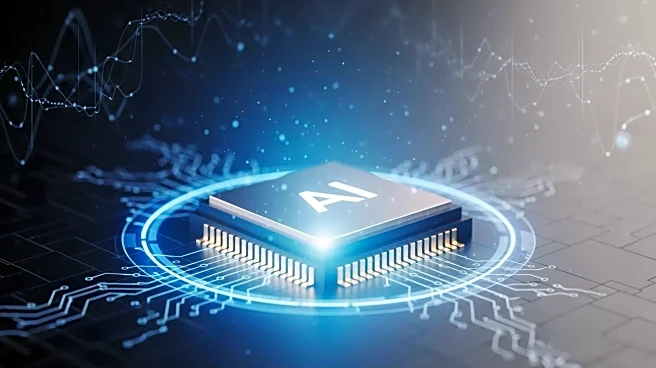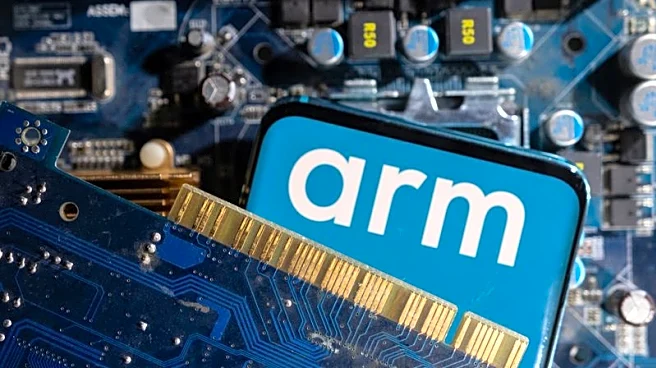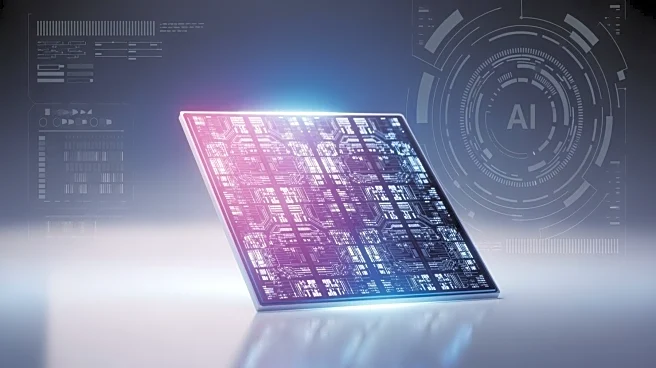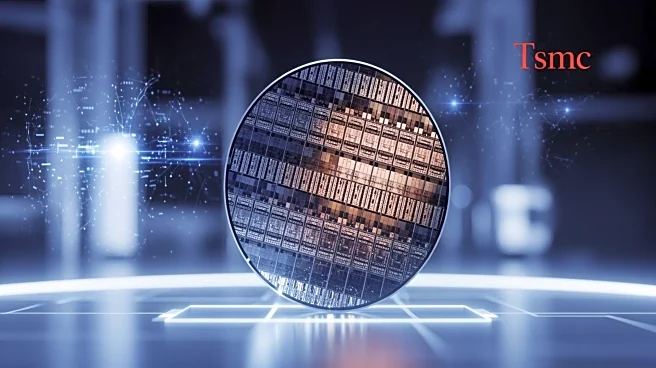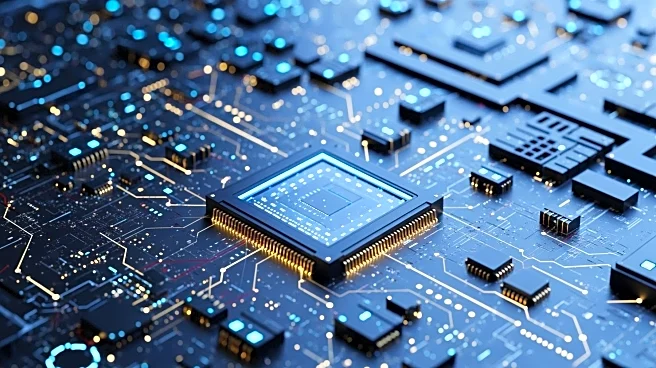What's Happening?
GSI Technology has announced a breakthrough in AI chip technology with its Gemini-I APU, which matches the performance of NVIDIA's A6000 GPU while using over 98% less energy. The chip, validated by a Cornell
University study, accelerates retrieval tasks up to five times faster than standard CPUs. This development has led to a significant stock rally, with GSI's shares increasing by approximately 200% on October 20, 2025. The APU's energy efficiency is achieved through a compute-in-memory architecture, addressing the growing need for green AI hardware.
Why It's Important?
The introduction of GSI's energy-efficient AI chip could disrupt the $100 billion AI inference market by offering GPU-class performance at a fraction of the energy cost. This is particularly significant for edge AI applications, such as defense and IoT, where power is scarce. The chip's ability to reduce energy consumption aligns with the industry's push towards sustainable technology solutions. However, despite the promising technology, GSI's financial metrics remain weak, with small revenues and negative net margins, indicating potential risks for investors.
What's Next?
GSI plans to report its Q2 fiscal 2026 earnings on October 30, which will provide insights into the demand for its chips. The company is also focusing on developing its Gemini-II APU for embedded AI use cases, such as autonomous drones and satellites. Analysts caution that while the technology is promising, its conversion into profits and widespread adoption will take time. The stock's volatility suggests that investors should approach with caution, as the price surge may not be sustainable.
Beyond the Headlines
The compute-in-memory approach used by GSI's APU could lead to long-term shifts in AI chip design, forcing competitors to rethink their strategies. This technology exemplifies a move towards reducing AI's energy appetite, which is crucial as data centers and edge systems increasingly rely on AI processing. The success of GSI's chip could pave the way for more sustainable AI solutions, impacting both the environment and the semiconductor industry.
